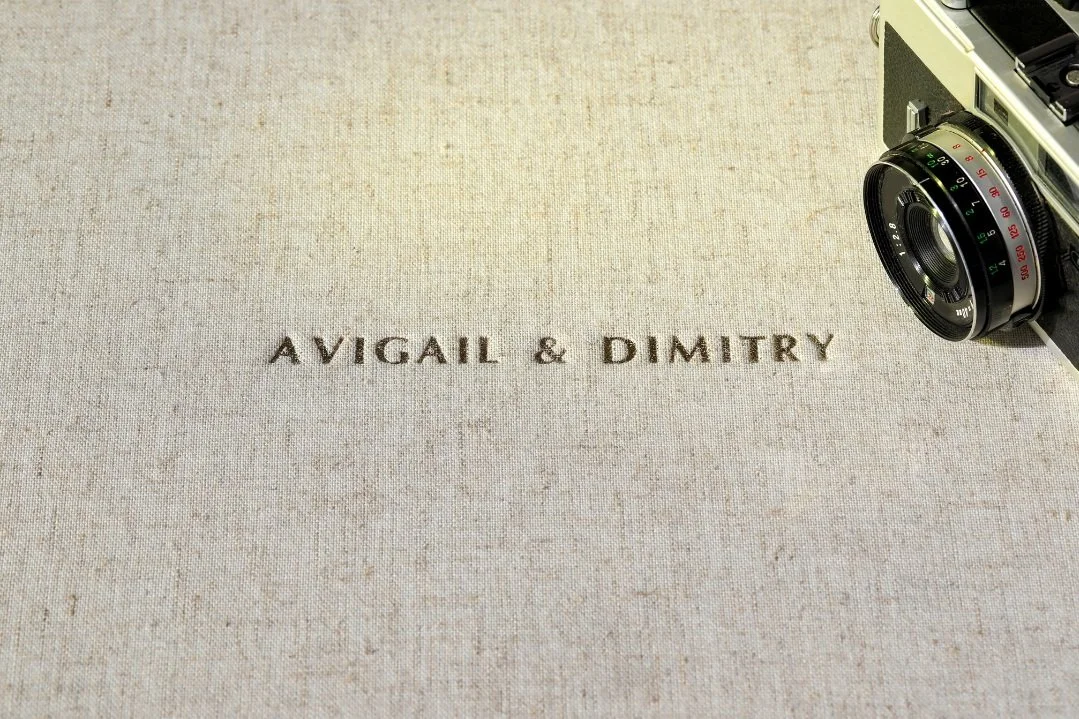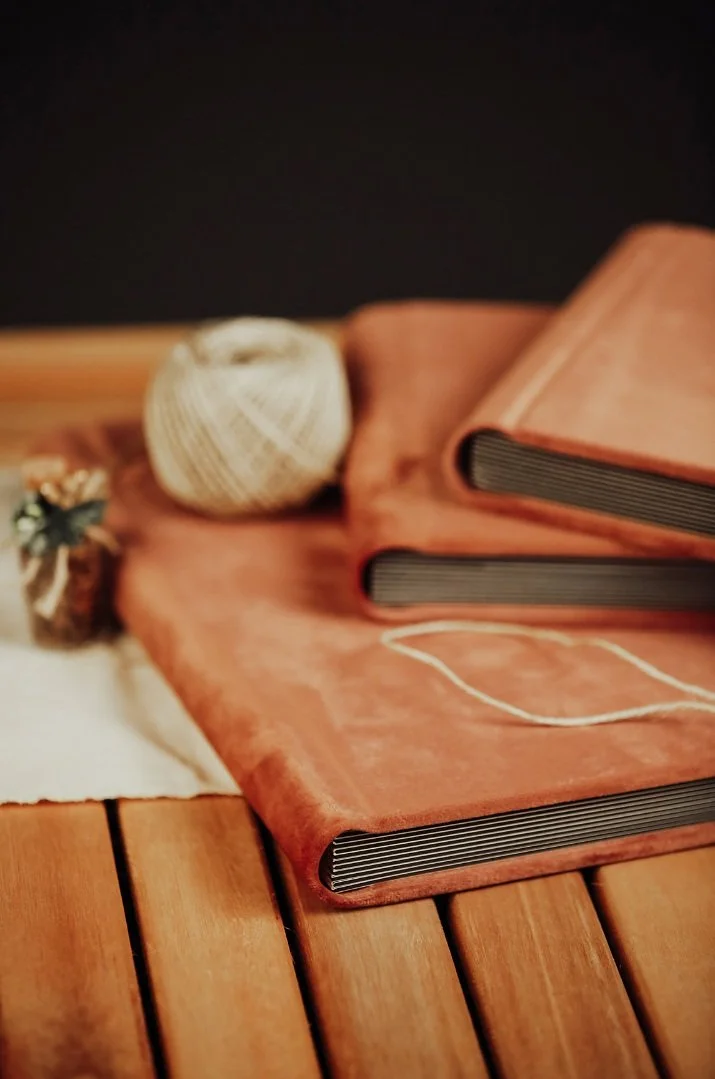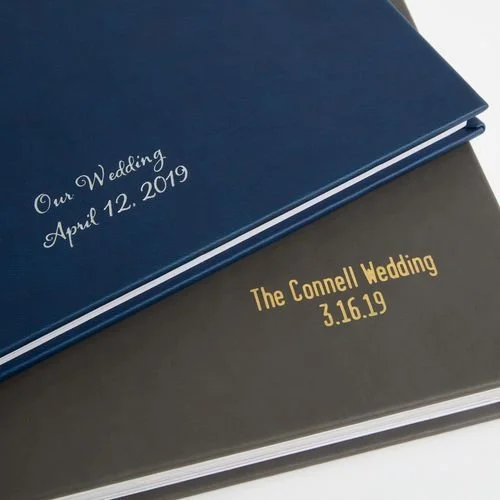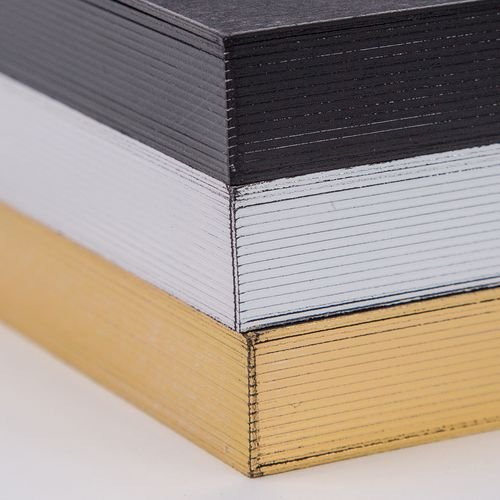Wedding Album Terminology Explained
Your wedding photos are images you will cherish and enjoy looking back on for the rest of your life. That’s why it’s so important to print these images and have physical copies that you can enjoy, instead of letting them languish on a flash drive or your computer.
A professional photo album is a great way to compile the images from your wedding day and allows you to create an heirloom that can become a part of your family history. But when it comes to designing and printing albums, photographers tend to use a lot of terms with which many people may be unfamiliar. So, QC Wed Me has put together this guide to help you better understand the different styles and terms associated with album design.
Archival Paper
Archival paper is acid-free, which means that the paper is higher quality, more stable, and less likely to deteriorate over time. This type of paper is designed to last a long time and is perfect for photo albums that can become family heirlooms.
Embossing/ Debossing
Example of debossing of names
Embossing is the process of creating raised images and designs in paper and other materials, such as the album cover. An embossed pattern is raised against the background. Debossing is the opposite of embossing. This process creates a recessed or sunken image.
End Leaf Pages
The end leaf pages are the blank sheets at the opening and closing pages of the album/ book. They are sometimes available in a variety of colors.
Engraving
Engraving allows you to add a personal touch to your albums by etching a monogram, name, or other words or designs into your album.
Flush mount album spine
Flush Mount Albums
The flush mount album is the most common type of wedding photo album. This album consists of a hardcover with thick, unbending pages. “Flushmount” refers to the method used to attach the print to the page.
Foil Stamping
Foil stamping is another method of adding monograms or names to an album. Also known as foiling or foil imprinting, this method involves stamping the cover of an album with metal letters in a chosen foil color. Foiling is usually done in gold, silver, or black but sometimes is available in other colors as well.
Gilding
Gilding adds a luxurious coat of color to the edge of each album page. When the book is closed, the pages will look gold, silver, or typically another metal.
Gutter
The gutter is the margins between the imagery and the binding of the album, aka the crease.
Lay Flat Pages
Lay flat pages are exactly what they sound like: pages designed to lay flat when your album is spread open on a flat surface. The binding in these albums is designed to be looser and prevent any part of the image or text from being lost in the crease.
Foil stamping examples
Layout
A layout is what you see when you look at how the images are arranged on the photo album page. Like a magazine or a book, a photo album is designed one layout at a time.
Page Spread
A page spread in an album consists of the back of one page on the left side and the front of the following page on the right side of the fold. The left page and right page are of the same size and aspect ratio and are centered on the gutter where they are bound together at the spine.
Examples of gilded edges
Parent Album / Companion Album
A parent album is a duplicate copy of the main wedding album created for the couple. These albums tend to have the same design but are generally smaller and more lightweight. They are designed to be gifts for the parents of the couple, allowing them to have their copy of your wedding album.
Press-Printed/ Coffee Table Books
These books are the less expensive alternative to albums. Pages are typically archival quality, but more closely resemble regular paper.
We’re excited to be the Quad Cities region’s FIRST all-inclusive wedding blog and vendor directory! We are celebrating all things love in the QCA and helping couples plan their happily ever after!
Dream it. Plan it. Love it.




